5 space-saving vegetables that can be trained to grow vertically
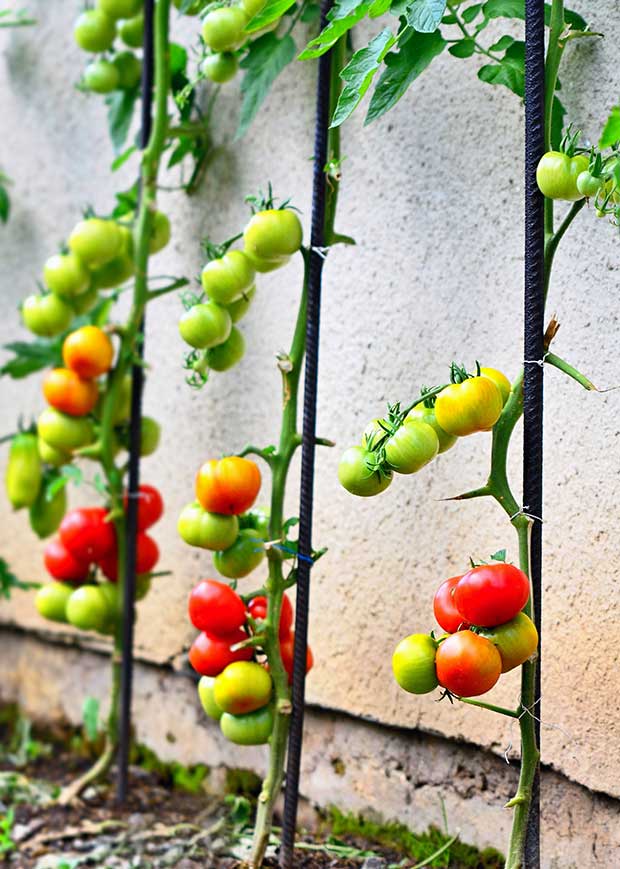
Maximise space in a small garden by growing plants vertically. These climbing vine vegetables can be trained to grow up walls, fences or stakes.
Words: Kath Irvine
Vines are a good starting point for a small garden. They are the ultimate space savers as they can be trailed up fences and walls, leaving room beneath for a compact companion crop. Use a robust trellis, or train plants to grow up string or garden wire.
CLIMATE CONTROL
New Zealand has a range of different climates and microclimates. To ensure greater gardening success, use a soil thermometer to test when’s best to get planting.
Soil thermometers are inexpensive and available from most garden centres and hardware stores.
Top climbers
INDETERMINATE TOMATOES
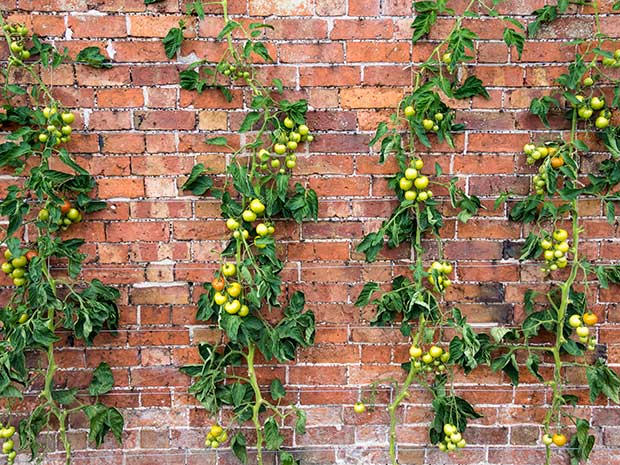
Best grown: from seedling
Plant: when soil hits 16°C
Spacing: 45cm
From transplant to harvest: 11 weeks
Crop rotation: Heavy feeder
Family: Solanaceae
Tips: Airflow is key to avoiding disease – achieve this by spacing plants well apart and pinching out (removing with fingers) any laterals (side shoots) to create a single leader (main stem) or double leader; snap off older leaves as they yellow.
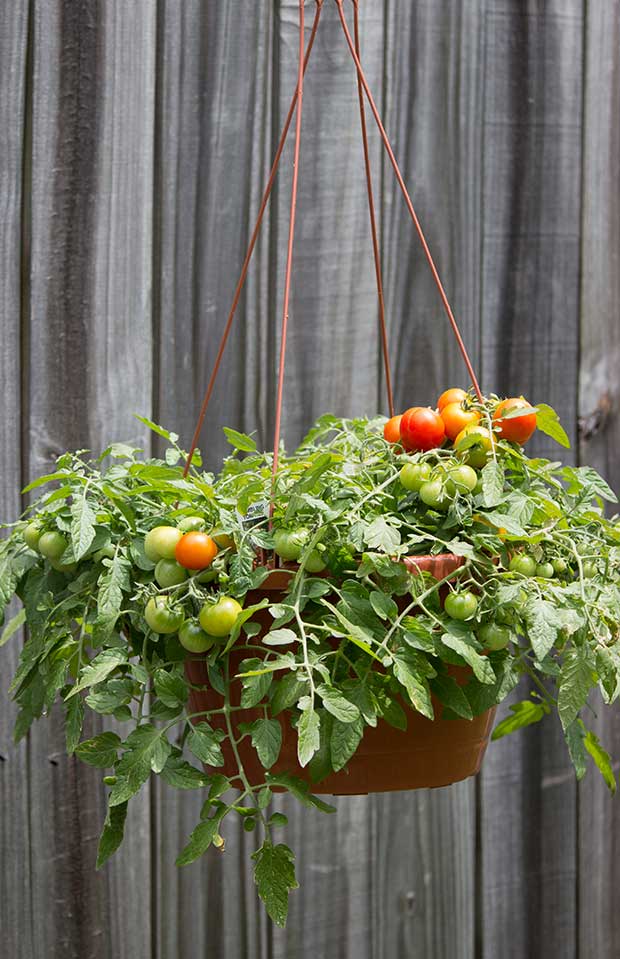
A tomato to suit your space:
Tomatoes are either determinate (compact) and indeterminate (vining). Most are indeterminate.
Determinate tomatoes are stocky plants, well suited to pots. They flower once they reach their predetermined height and all fruit arrives at a similar time. Handy in places with short summers, try ‘Baxters Early’ or ‘Ace’ from Kings Seeds; ‘Scoresby Dwarf’ or ‘Whippersnapper’ from Setha’s Seeds.
Indeterminate tomatoes behave like a vine and need a string or stake to grow up. They’re a lot more productive than a determinate tomato, continuing to fruit until the cold or frost stops them in their tracks.
SMALL SQUASH
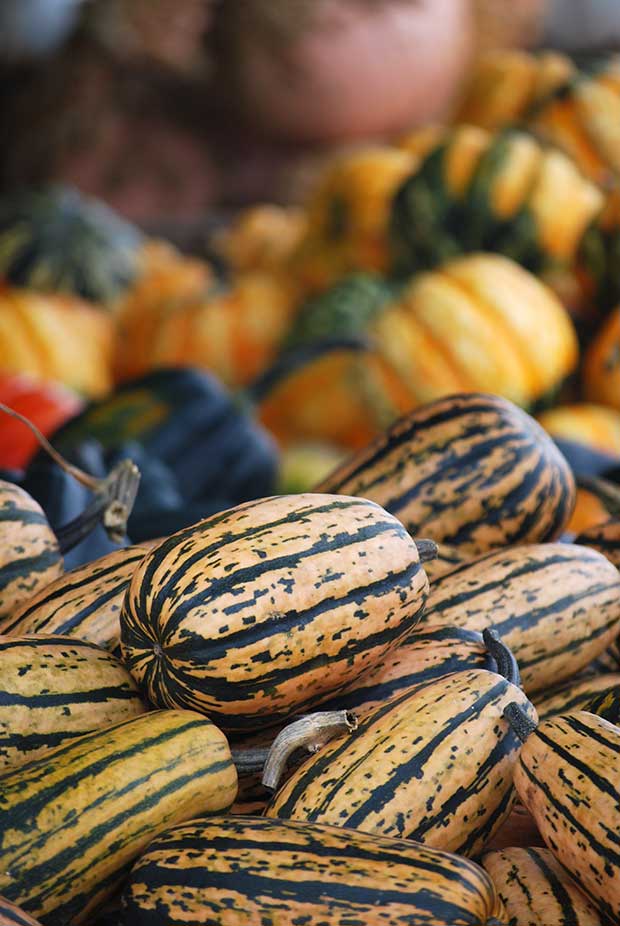
Best grown: from seed or seedling
Plant: when soil is at least 16°C
Spacing: 60cm
Height: 100cm
From transplant to harvest: 15 weeks; transplant with care
Crop rotation: Heavy feeder Family Cucurbitaceae
Favourite varieties: Smaller, creamier and easier to cook than butternut, ‘Delicata’ is an all-time favourite; the compact variety ‘Honeynut’ is a close second
Tip: If you have clay soils, plant in a small mound of soil on top of clay.
CUCUMBER
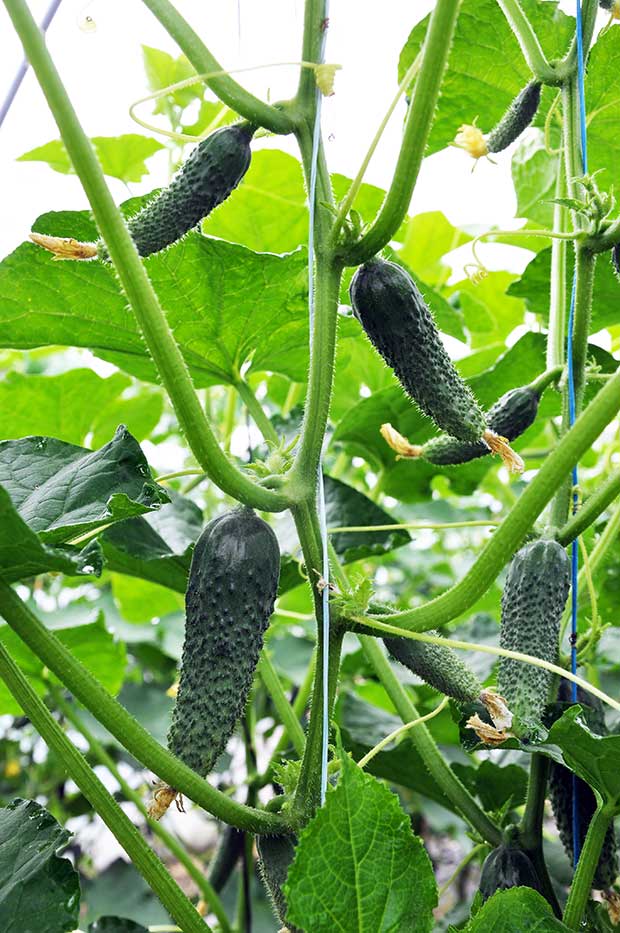
Best grown: from seed or seedling, sow a succession until January
Plant: or direct sow when soil reaches 16°C
Spacing: 40cm
Height: 100cm
From transplant to harvest: 9 weeks; transplant with care
Crop rotation: Heavy feeder
Family: Cucurbitaceae
Favourite varieties: ‘Apple’ or ‘Lemon’ cucumbers are great for kids; round, sweet and prolific, they can be eaten skin and all
Tip: If you have clay soils, plant in a small mound of soil on top of clay.
CAPSICUM
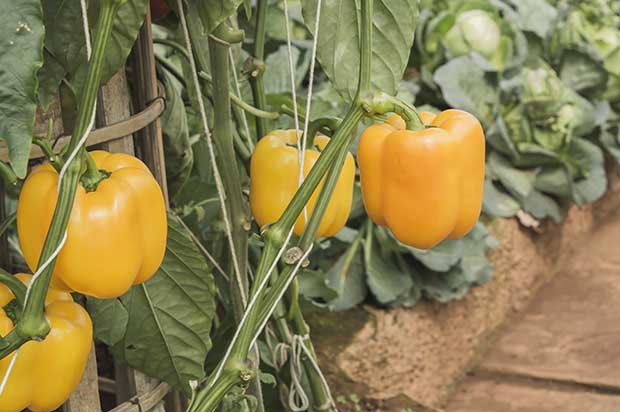
Best grown: from seedling
Plant: when soil hits 18°C and the nights are 13°C
Spacing: 45cm
From transplant to harvest: 12 weeks
Crop rotation: Heavy feeder Family Solanaceae
Tips: Heavy fruit on spindly branches leads to stem breakages; avoid this by allowing only two leaders and winding each one around a string as it grows.
CLIMBING BEANS
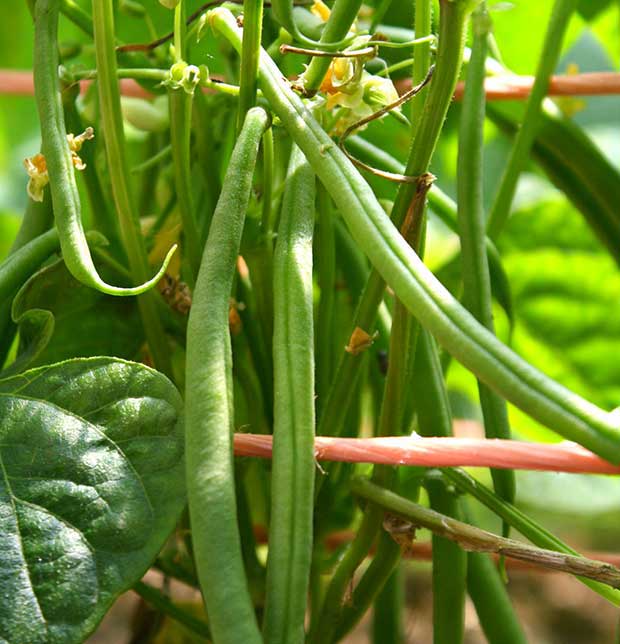
Plant: Direct sow when soil reaches 15°C
Spacing: 20cm
From seed to harvest: 12 weeks
Crop rotation: Light feeder
Family: Leguminosae
Favourite varieties: ‘Blue Lake Runner’ and ‘Lazy Housewife’
Tip: Keep them productive with regular picking and watering.
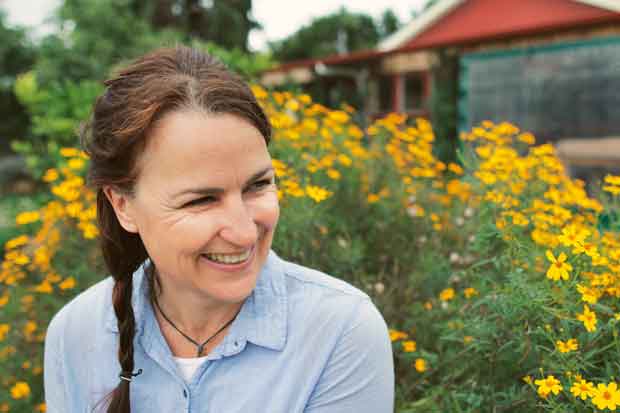
Permaculture designer Kath Irvine specialises in planning productive fruit and vegetable gardens. Permaculture works with nature to create naturally healthy, self-sustaining, biodiverse growing environments. For this guide, Kath has adapted permaculture practices for small-scale gardens. To read her Edible Backyard blog, visit ediblebackyard.co.nz, and get hands-on tips at her workshops, which are held at her organic permaculture garden in Ohau, Levin.
This story is an extract from In Your Backyard: Urban Harvest, a special edition of NZ Life & Leisure, about growing food in small city spaces. It’s packed with advice such as how to start a productive veggie garden, the best crops, creating awesome soil, vertical growing, container gardening, hydroponics, espaliered trees and edible hedges. Find similar publications at shop.thisnzlife.co.nz


